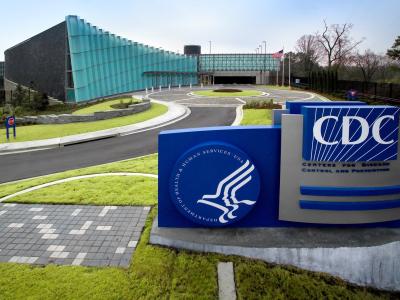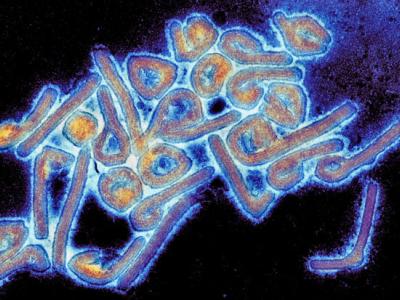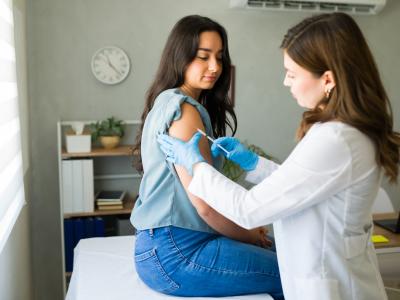After a diagnosis of long COVID, patients in Colorado shifted from seeking care in hospitals and emergency departments (EDs) to outpatient and specialist visits, with a sharp rise in new prescriptions, suggesting that the diagnosis leads to improved patient care, although healthcare use in this group is still high.
These findings, from a University of Colorado (UC) case-control study, were published this week in BMC Public Health.
The retrospective, longitudinal study used the Colorado's All-Payer Claims Database to identify adults diagnosed as having long COVID and matched controls without the condition from October 2021 to August 2022, with a 1-year follow-up.
"Understanding these utilization patterns can help policymakers and healthcare providers allocate resources effectively and design interventions that address the unique needs of Long COVID patients," lead author and doctoral student Rick Devoss, MPH, said in a UC press release.
Specialist visits, new prescriptions climb
During the study period, 26,358 of 3.9 million adults had ever received a long-COVID diagnosis, for a prevalence of 0.67% among the population at large. Of these adults, 12,698 were eligible for inclusion. The average age was 59.0 years, 65.3% were women, 60.1% were White, and 83.0% lived in an urban area. Long-COVID patients were matched with 25,376 controls.
Before diagnosis, 17% of long-COVID patients were hospitalized at least once, and 40% had one or more ED visits. On average, these patients saw at least three specialists pre-diagnosis, excluding those seen during a hospitalization, and used nine different drugs. In the year post-diagnosis, the use of hospitalizations and ED visits declined significantly compared with controls (-6.1 and -7.7 percentage points, respectively).





















